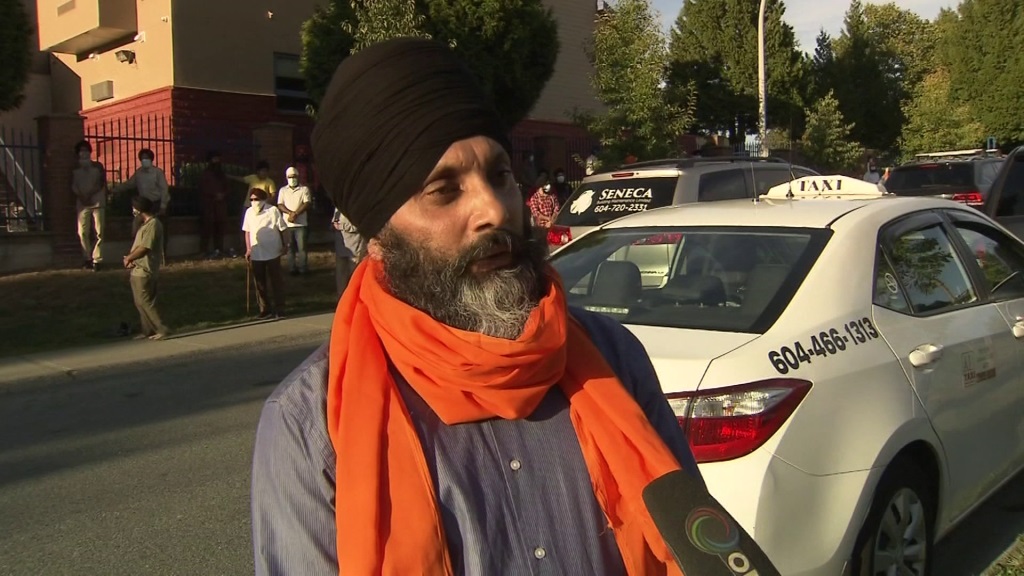eSports a growing trend in Waterloo Region, worldwide
Posted Feb 26, 2016 07:04:55 AM.
This article is more than 5 years old.
We could be seeing a change in the way sports are defined.
The world of eSports and competitive gaming is taking off in Canada and around the world — picture sold-out arenas, team practices, autograph sessions, and million-dollar incomes at the top tier — and we could be reaching a cultural breakthrough into the mainstream.
In other words, video games have come a long way.
“We’re seeing streaming services like Twitch giving people access to these games and tournaments online, where if people can participate and watch online, then you’re reaching the whole world,” says Alexandra Orlando, a PhD researcher at the University of Waterloo’s Games Institute.
“It’s not unusual to see players earning a living completely off of not even just tournament winnings, but streaming.”
To the uninitiated, streaming allows people from anywhere in the world to watch others play eSports, often for free. The most popular streamers can amass a following of paid subscribers.
In a tech hotbed like Kitchener-Waterloo, it’s unsurprising that competitive gaming has taken off at the university and college level.
There are competitive clubs for a broad array of eSports at the University of Waterloo, Wilfrid Laurier University, Conestoga College, and the University of Guelph. Among the most popular games are Dota 2, League of Legends, StarCraft II, and HearthStone.
“We already have organizing bodies such as the Collegiate Star League (CSL) which kind of manages those university teams, and now high school teams as well,” says Orlando.
In the United States, one school, Chicago’s Robert Morris University, has already started offering scholarships to students for competitive gaming.
Andre Paradis, a student at the University of Waterloo, founded the university’s League of Legends club and serves as the coach/coordinator for the school’s varsity-level CSL team.
“Some tournaments, we have upwards of 200-plus participants. Usually, it’s around 100. They get pretty big,” says Paradis.
Much like other varsity sports, UW’s League of Legends team holds tryouts, practices, and competes weekly with other schools.
“We had eight different players that tried out for the two positions we were looking for,” Paradis says.
“We also set up scrims — practices against other teams […] It’s just like a regular season — one match a week — and now, [we’re getting] closer to the playoff bracket, which I believe for Division I is 96 teams. We’ll play that out, and then the top four teams from each region — defined by East, West, North, and South America — will be flown out to Austin for DreamHack where they play live. It’s all expenses paid. First prize, I believe, is $10,000.”
Incredibly, that sum begins to look meagre when compared to prizes offered at the top tournaments around the world.
The Shanghai Major, a Dota 2 tournament in the midst of its group stage, has a prize pool of $3,000,000 USD.
So what does the future hold for eSports?
“I don’t think it’ll ever be as big as other sports like basketball or soccer, but there is a lot of money in eSports, and when there’s a lot of money, you attract a lot of attention,” says Paradis.
Orlando has another idea:
“I think what we will see is potentially its own sort of Olympics happening, so instead of these scattered individual game tournaments, bigger events hosting several different games, and regulating bodies keeping good gaming practices in check.”










